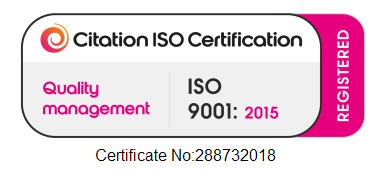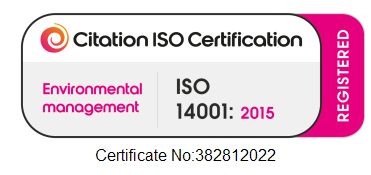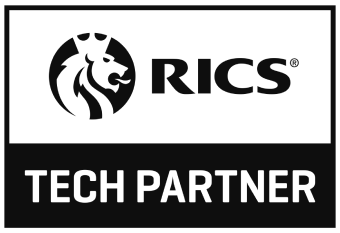
Building Bridges with AI: How Architects and Developers Can Collaborate for Success
A Developer's Perspective: Speed and Informed Decisions
Imagine sifting through countless potential sites, each one meticulously analysed for feasibility by AI tools. This is the dream for developers seeking efficiency. AI-powered generative design tools can churn out a multitude of early-stage options (massing, zoning, height) in record time, allowing developers to assess a broader range of possibilities and make informed decisions at the outset. This translates to potentially more projects explored, quicker decision-making, and ultimately, a faster path to ROI.
An Architect's Perspective: Efficiency and Client Alignment
For architects, the prospect of AI eliminating the initial legwork of optioneering holds immense appeal. Traditionally, architects spend weeks meticulously crafting initial concepts, only to face potential rejection from developers. AI tools can bridge this gap by generating a range of possibilities within the project's parameters (capacity, height restrictions). This allows architects to present various options that accurately reflect the brief, fostering early client alignment and saving precious time.
Collaboration is Key
The power of AI lies not in replacing the human touch, but in augmenting it. Both architects and developers agree that effective communication remains paramount. AI-generated options provide a springboard for collaboration, not a replacement for discussions and revisions. This collaborative approach, with more touch points throughout the initial stages, leads to a more satisfying experience for both parties.
Remember: AI is a powerful tool, but it's crucial to be aware of its limitations. View AI as an early feasibility tool, not a replacement for human expertise and creativity.
By embracing AI and fostering open communication, architects and developers can build a future filled with successful collaborations and satisfied clients.
Share This Blog
Share On Facebook
Share On Twitter
Share On LinkedIn
Recent Blogs
VU.CITY becomes a Certified B Corporation
LONDON, March 26, 2025 — VU.CITY has today announced its certification as a B Corporation (or B
Overcoming Communication Barriers in Planning with 3D Flythroughs
The Planning Communication Challenge Navigating the planning process can be a minefield of
Join the Community
Updates, business insights, webinars and more.
Google Privacy Policy and Terms of Service apply.















